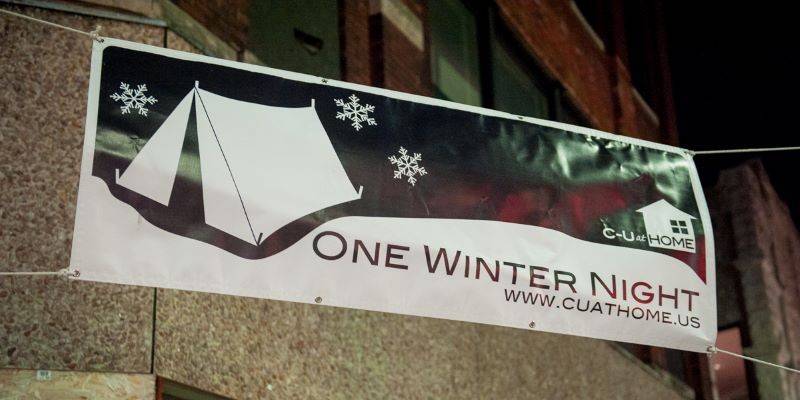Who should address the issue of Homelessness?
The easy answer is “Everyone.”
The issue of homelessness is a huge one in our community and across the nation. Many people want it to go away because it makes them uncomfortable. But how do we appropriately address the issue immediately and for the long-term?
As Smile Politely pointed out in the editorial of February 20, 2020, having people sleep out on the streets for one night does not cure the issue. Raising money during a one-month period does not solve the issue. It does, however, make us think about it at least one month every year.
And for those people who slept out that night and donated money that night, they will never think about the homeless the same way again. Every time they see someone without an address, they will remember how hard it is and push us all to do better.
People aren’t homeless because they enjoy the cool breezes and freezing temperatures of mid-January or the humidity and heat of late July.
Homelessness is a hugely complex issue. We have enough available space for people to be off the streets but there are reasons they are not in a sheltered, safe environment. Domestic abuse, substance abuse, release without sufficient resources from the criminal justice system and, overwhelmingly, issues of mental health. One of the most direct ways to address homelessness would be to invest in sufficient mental health counseling services.
The Smile Politely article referred to a local government approach in Rockford. That’s great and let’s hope that they are hugely successful. After talking with some community leaders in Rockford, they still have a lot of work to do.
The proposed federal budget might eliminate Community Block Development Grants, but the chances of the budget passing as proposed are very small. As announced in the February 20, 2020 issue of The News-Gazette, this year’s allocation of CDBG funding is actually up by about 13%. This funding is used to address many community issues.
In Springfield, the local downtown association, city and county government, nonprofit services providers (faith-based and otherwise) and local donors are coming together to address the issue. They are just at the starting point — they are just now talking with each other and admitting that they have an issue.
Fortunately, we are a bit ahead of our friends in Springfield. Our local government and nonprofit groups long ago recognized the need to do something and have continued — and increased — their efforts. Because of the inherent bureaucracy that comes with government funding, sometimes it is a good thing for individuals and nonprofits to step up and address community issues.
One of the results is that C-U at Home has agreed to be the place for a year-round men’s emergency shelter. And, with the collaboration of Austin’s Place, they will also be the location for the year-round women’s emergency shelter.
So many community issues need to be addressed by all three legs of the stool: government, nonprofits, and personal philanthropy. Thankfully, that includes members of the faith community. We live in a community of people who are concerned about the homeless and are willing to jump in.
This is possible only with the collaboration and contributions of generous people with hearts that go out to our local citizens. And, yes, that includes Christian organizations and people professing their Christianity, but it also includes Jews, Muslims, Agnostics, and Atheists.
But there is no requirement that the homeless be Christian, convert to church-going Christianity, or participate in any religious service. The practice at C-U at Home is that they try to get their clients to the services they need to get them off the street and to make their lives better.
At the end of the day, does it matter who pays for it or who makes it happen? I don’t think it matters to the folks who have a warm (or cool) place to lay their heads down at night. It truly is everyone’s responsibility to take care of one another and make our community better.
Joan M. Dixon is President & CEO of Community Foundation of East Central Illinois.








